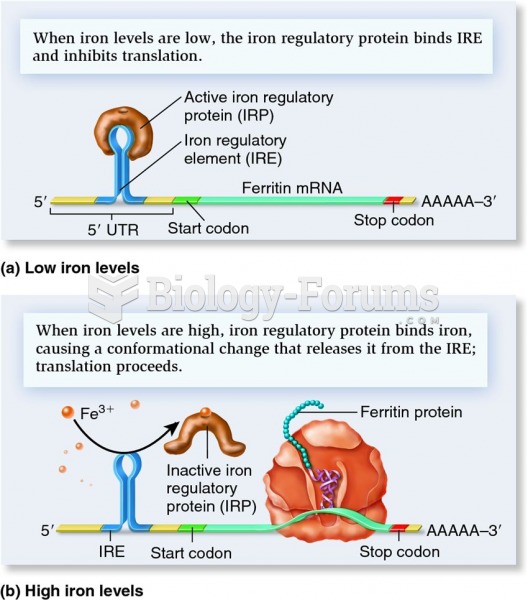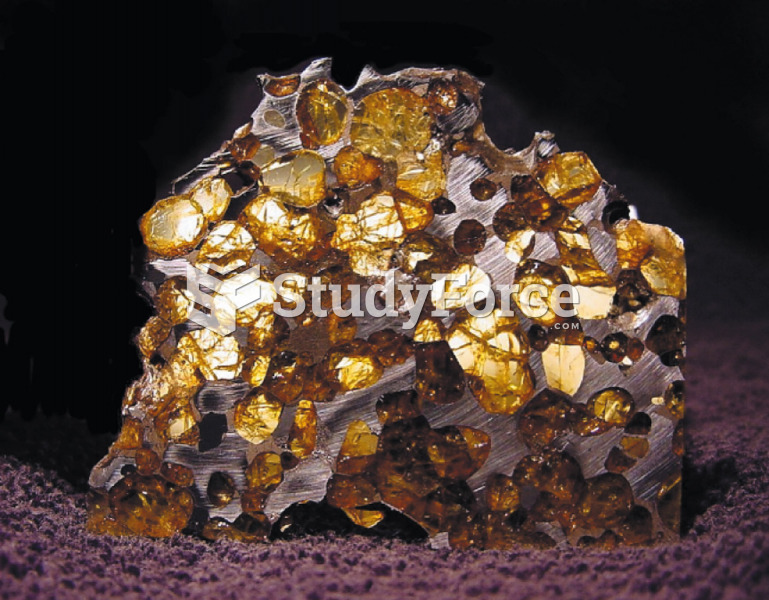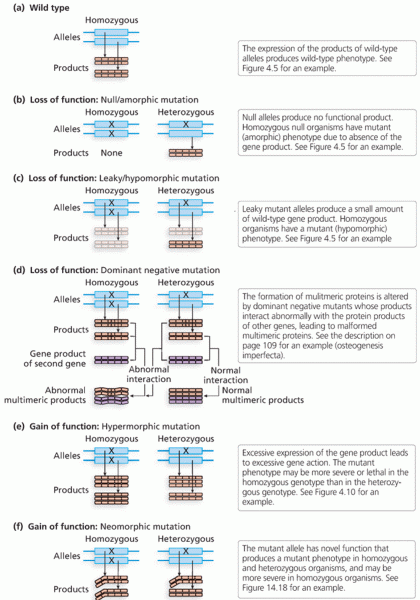|
|
|
Did you know?
There are 60,000 miles of blood vessels in every adult human.
Did you know?
In 1864, the first barbiturate (barbituric acid) was synthesized.
Did you know?
Your skin wrinkles if you stay in the bathtub a long time because the outermost layer of skin (which consists of dead keratin) swells when it absorbs water. It is tightly attached to the skin below it, so it compensates for the increased area by wrinkling. This happens to the hands and feet because they have the thickest layer of dead keratin cells.
Did you know?
In the United States, an estimated 50 million unnecessary antibiotics are prescribed for viral respiratory infections.
Did you know?
The ratio of hydrogen atoms to oxygen in water (H2O) is 2:1.







